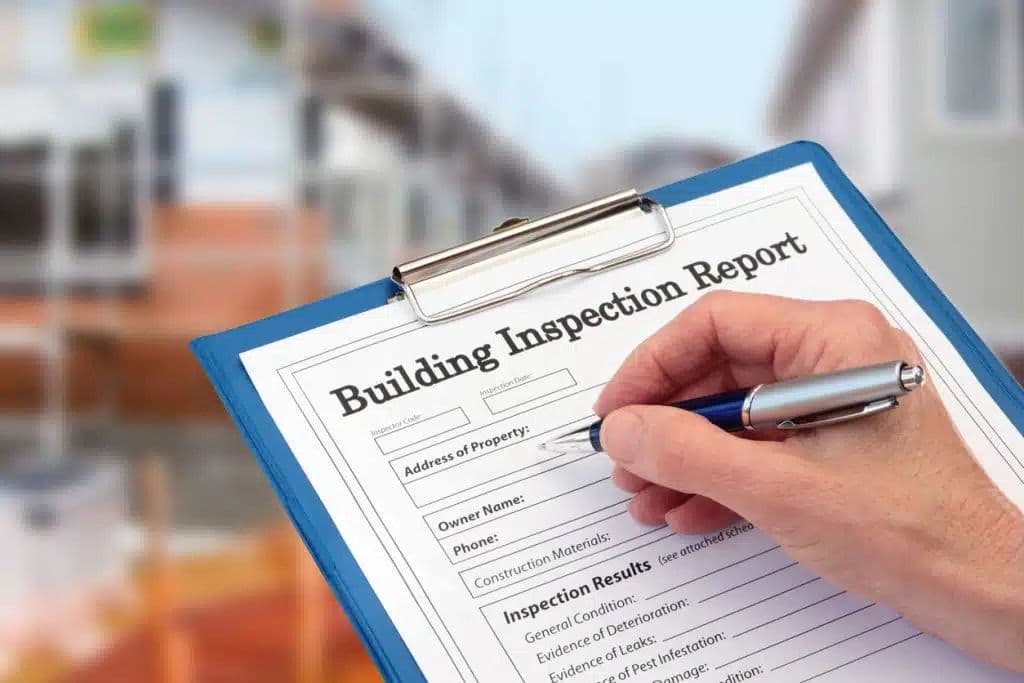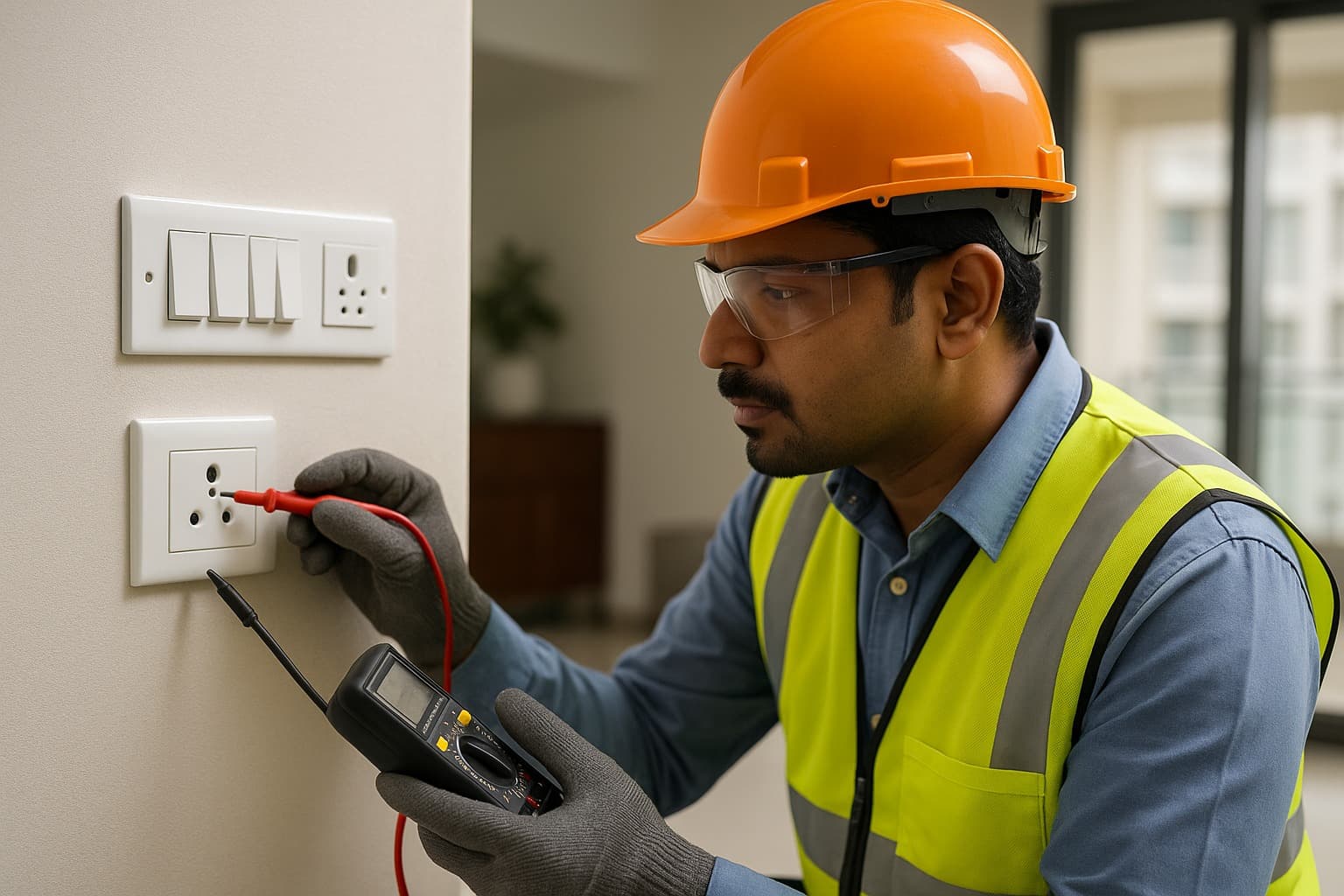What to Check in a House Inspection Report: A Homebuyer's Guide
Summary
A house inspection report is crucial before buying. This guide helps homebuyers understand key areas to check, from structural integrity to safety, ensuring a sound investment and peace of mind. Don't let hidden problems ruin your dream!

Buying a home is one of those moments that feels like a dream coming alive. You walk through the rooms, imagine your furniture, picture family dinners, laughter echoing in the hallways — and suddenly, you can almost see your life unfolding there. But before you let your heart decide, there’s one little hero that quietly decides if that dream home is truly worth it: the house inspection report.
It might not sound exciting — in fact, it’s probably the most unglamorous part of homebuying — but it’s also the most important. Think of it as your home’s health report card. It reveals the truth hidden beneath the paint, behind the walls, and under those shiny tiles. A solid property inspection can protect you from buying into unexpected problems that could drain your savings and your peace of mind.
So, let’s talk human to human. If you’re about to buy a home, here’s what to check in a house inspection report before buying — not just as a buyer, but as someone looking for a place to build a life.
1. The Structure – The Heartbeat of the Home
Every strong home starts with a strong skeleton. The home quality check should always begin with the structure and foundation. Look for mentions of cracks, sloping floors, or moisture near pillars. These small words in a report — “crack,” “settlement,” “uneven flooring” — can mean lakhs in repair later.
If your report shows “structural instability,” pause right there. Don’t get emotionally carried away. It’s easy to fall for the charm of a cozy balcony or modern lighting, but a weak structure is like a body with brittle bones — no amount of paint can fix it.
2. Electrical System – The Invisible Nerves
We often forget that electricity keeps our homes alive — it’s what makes your fan spin, your fridge run, and your lights glow. The property inspection report should clearly mention the condition of the electrical wiring, switches, and main circuit board.
Old or faulty wiring is dangerous — it can cause fires or constant short-circuits. If your report says “outdated” or “not as per code,” take it seriously. Ask for a certified electrician’s check. This is not about perfection — it’s about safety.
Your dream home should light up your life, not your electricity board.
3. Plumbing and Water Supply – The Silent Storytellers
If there’s one thing that quietly ruins homes over time, it’s water. The property checklist should mention pipe quality, leakage signs, water pressure, and drainage. Words like “damp,” “seepage,” or “mold” are small but scary.

Sometimes sellers try to hide these with a quick coat of paint — but a trained inspector knows better. If you see these issues in your home inspection report, ask about the cause and the estimated repair cost. Plumbing issues may not show immediately, but when they do, they’re messy and expensive.
Remember — leaks don’t just damage walls, they damage peace.
4. Roof and Ceiling – The Overlooked Protectors
The roof protects you from everything — sun, rain, wind — but we almost never look up when inspecting homes. The real estate evaluation should include details about the roof’s waterproofing, drainage, and ceiling condition.
If the report mentions cracks or discoloration, that could mean leakage. Ask the seller how old the waterproofing is or when it was last repaired. Especially in India, where monsoons test every roof’s patience, this matters more than we realize.
5. Walls and Paint – What Lies Beneath
You might see freshly painted walls and think everything looks perfect — but looks can be deceiving. The home quality check should note any signs of dampness, flaking, or bubbling. These could point to hidden water damage.
If your report mentions “moisture retention” or “efflorescence,” don’t ignore it. That’s a fancy way of saying water is slowly eating into your walls.
A home’s beauty starts with its walls — make sure they’re healthy, not just pretty.
6. Doors and Windows – The Everyday Essentials
Imagine moving in and realizing your balcony door doesn’t shut properly, or the window gets stuck every time you open it. The property inspection should list whether doors and windows align, lock, and open smoothly.
Check for mentions like “frame misalignment” or “termite activity.” These are signs you’ll have to repair or replace sooner than you think.
Sometimes, the smallest things — like a creaky door — tell you the home wasn’t maintained with love.
7. Flooring and Tiles – Where You’ll Step Every Day
The property inspection report should cover flooring uniformity, cracks, and loosened tiles. If you see “uneven surface” in your report, dig deeper — it might be a result of foundation settling or bad construction.
Flooring may look minor, but replacing it can cost a bomb. Ask yourself — are these just surface-level problems, or do they hint at something deeper?
8. Pest and Termite Inspection – The Hidden Intruders
Termites and pests don’t announce their arrival — they just quietly eat your home. The house inspection report should mention any “signs of infestation” like fine wood dust, hollow sounds, or chew marks.
In India’s humid climate, termite control is not optional. Even if there’s no visible issue, preventive treatment is always smart.
Your home should host memories, not pests.
9. Drainage and Sewage – The Things Nobody Talks About
It’s not the most glamorous topic, but it’s one of the most important. Bad drainage can lead to leaks, odors, and long-term damage. The inspection report before buying a home in India should state whether drains are unclogged and the sewage system works properly.

If you find terms like “blockage” or “backflow,” discuss it before signing anything. Drainage problems are messy — literally.
10. Safety Checks – Because Home Means Security
Beyond comfort, your home should make you feel safe. The report should mention railings, fire exits, and electrical safety. For apartments, confirm that fire alarms, extinguishers, and emergency staircases are in place.
The real estate evaluation should give you a sense of how secure the property truly is — not just from intruders, but from accidents.
11. Legal and Compliance Notes – The Fine Print Matters
Many people forget this, but the property inspection report sometimes highlights compliance details too. It may flag deviations from approved plans or missing certifications.
Before you commit, make sure there’s an occupancy certificate, completion certificate, and that the property follows local regulations. Even the most beautiful home loses its worth if the paperwork isn’t clean.
12. Repairs, Negotiation, and Peace of Mind
Once you’ve read everything, list the issues into three boxes: urgent, minor, and cosmetic. Discuss them with your agent or seller. Use it to negotiate — it’s one of the smartest house inspection checklist for property buyers in India strategies.
For example, if plumbing needs repairs, ask for a small discount or for the seller to fix it before closing.
Remember — this isn’t about being difficult. It’s about being wise.
A Heartfelt Ending
The house inspection report might feel like a pile of technical terms and scary red flags, but in truth, it’s your shield. It’s what stands between you and a bad investment. It’s what ensures that when you finally move into your new home, you can sleep peacefully knowing you didn’t just buy beauty — you bought safety, strength, and honesty.
Home buying in India is emotional. We imagine dreams before reading documents, hearts before numbers. But one wise glance through that inspection report can save you years of regret.
So take your time. Read it slowly. Ask questions. Because you’re not just buying walls — you’re buying your peace of mind.
Summary (100 words)
A house inspection report reveals the real condition of your dream home — from structure and wiring to plumbing, dampness, pests, and safety. Understanding what homebuyers should check in the property inspection report ensures you know the difference between small fixes and costly problems. Look for red flags like cracks, moisture, or outdated wiring. Always review drainage, roofing, and legal compliance before purchase. For Indian homebuyers, this pre-purchase inspection checklist helps you make smarter decisions. Your home should be more than beautiful — it should be safe, strong, and built to protect every moment you’ll live inside it.
